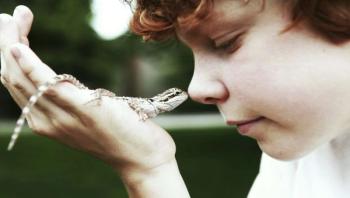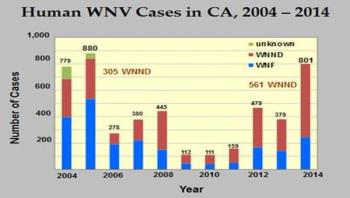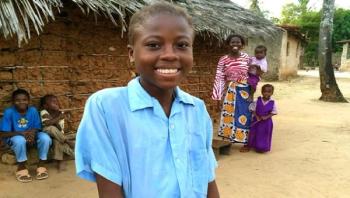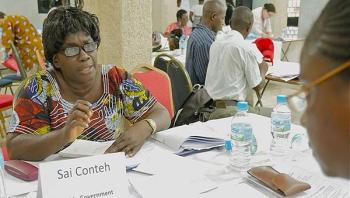
News


Research teams led by Edward Yu of Iowa State University and the Ames Laboratory have described the structures of two proteins they believe pump antibiotics from bacteria, allowing the bacteria to resist medications. One of the protein pumps, known as MtrF, is believed to be the mechanism that allows gonorrhea bacteria to resist certain antibiotics.













The California measles outbreak that began in December 2014 is over, announces Dr. Karen Smith, director of the California Department of Public Health (CDPH) and state health officer. No new outbreak-related measles cases have been reported to CDPH for two 21-day incubation periods (42 days), allowing public health officials to declare the outbreak that infected 131 Californians to be over.


Soon after the birth of her second child, a daughter she named Neema, Tabu Kalama found herself homeless and with no regular income. Kalama had no option but to sleep with her newborn daughter and her 18-month old son in the meager shelter of palm trees near the beach in Kilifi, in eastern Kenya. It was June, among the coolest and wettest months there. “I was so worried that the baby would fall sick, and there was nothing that I could do,” Kalama says.

As part of early recovery efforts, the World Health Organization (WHO) continues to work closely with national authorities and partners in the three high-transmission Ebola countries on how to rebuild confidence and trust in health systems and services. Nurse Sai Conteh works at the Kambia Government Hospital and needs to know what to do in case one day a patient with Ebola-like symptoms comes to the hospital. She looks back at what she has learnt and how different her daily work looks like.






A global study on canine rabies has found that 160 people die every single day from the disease. The report is the first study to consider the impact in terms of deaths and the economic costs of rabies across all countries. Even though the disease is preventable, the study says that around 59,000 people die every year of rabies transmitted by dogs.




